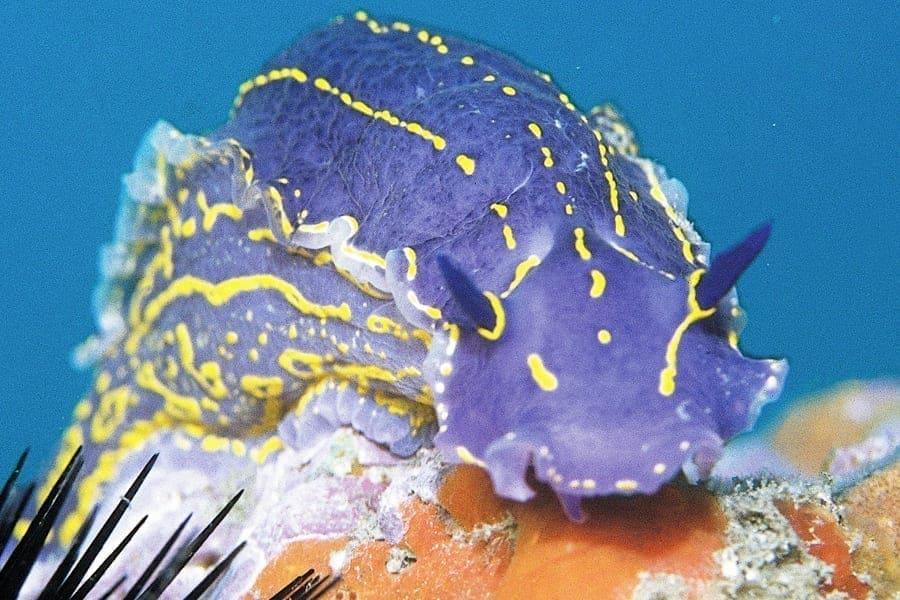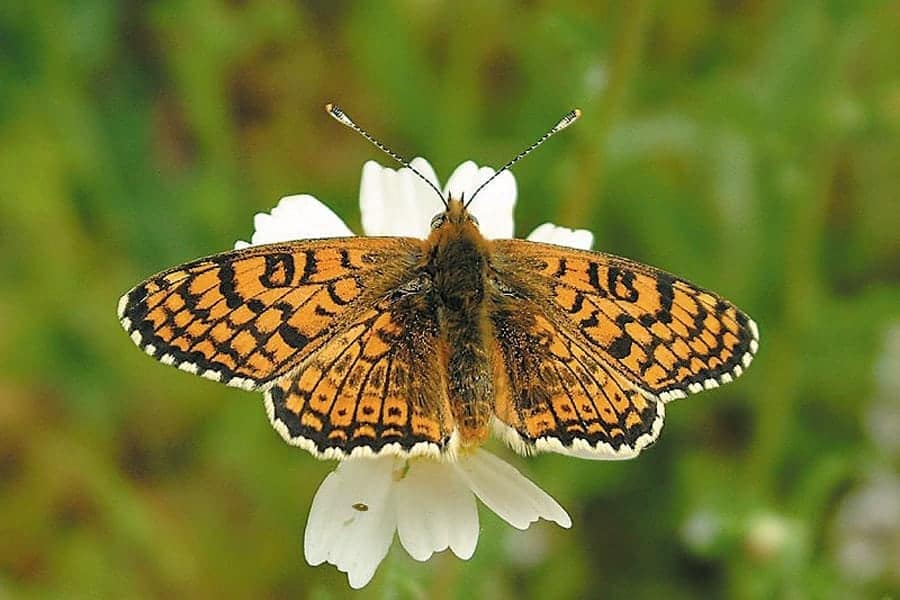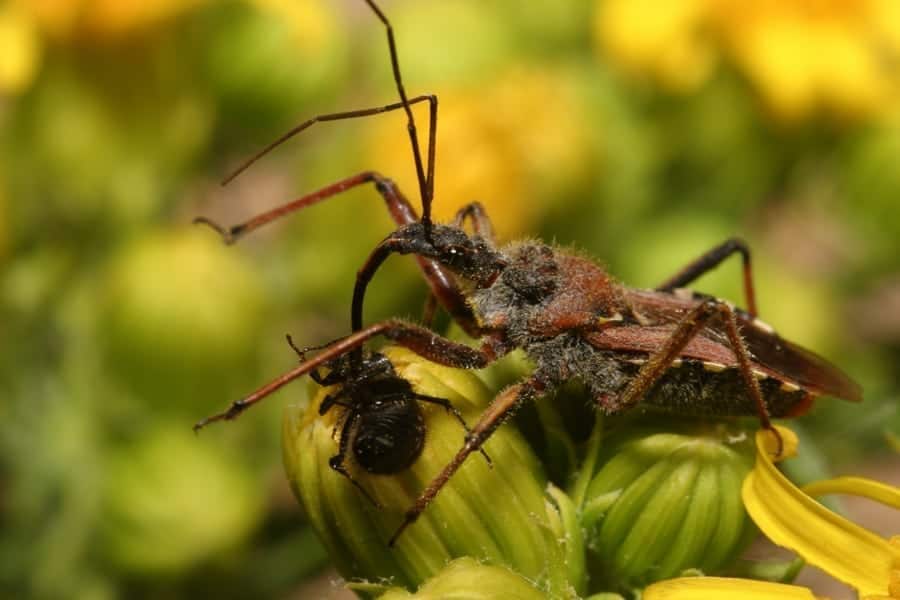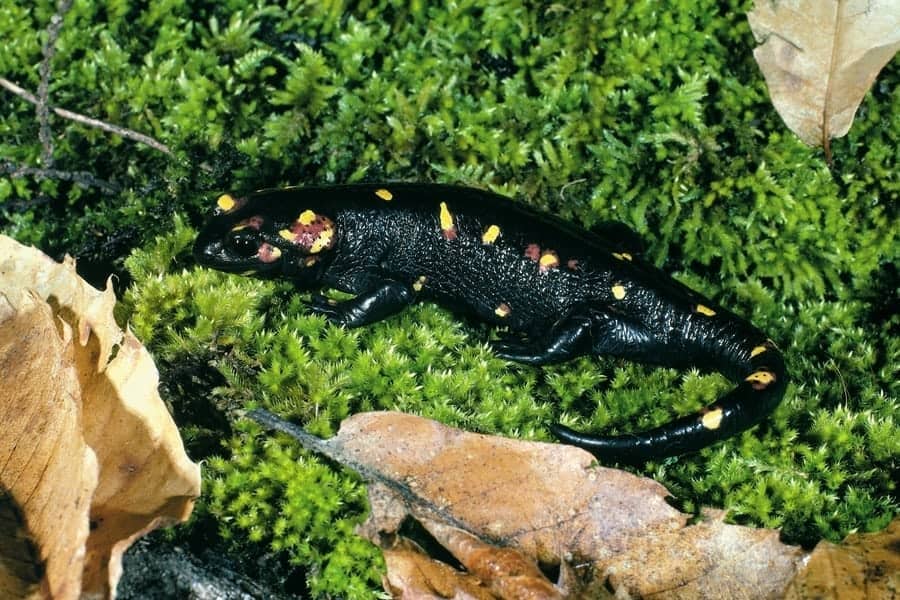Nature
A vision of the elements that make up Galician nature
The aim of the Natural History series of The Galicia Project is to provide a global vision of the elements that make up Galician nature.
This collection includes the fields of Geology, Zoology and Botany, going down into the deepest of all the areas of these subjects and providing a great amount of information and details
Experts in the different subjects have known how to balance scientific precision and an engaging style for not specialized readers.
These pages definitely try to approach readers to a living environment with which, despite its apparent proximity, they have been gradually losing contact
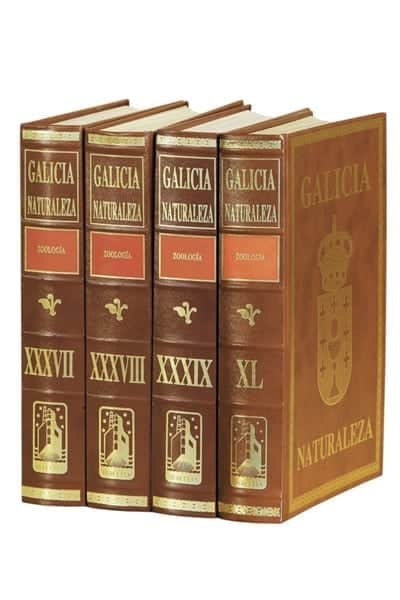
Coordinator
FRANCISCO DÍAZ-FIERROS VIQUEIRA
Es doctor en Farmacia por la Universidad de Santiago (1967), profesor adjunto de Edafología de la Universidad de Santiago (1970-1987), catedrático de Edafología y Química Agrícola de la Universidad de Santiago (1987), profesor a tiempo completo en las facultades de Farmacia, Biología y en la Escuela de Ingeniería Ambiental de Geología, Edafología, Medio Atmosférico e Hídrico, Saneamiento Ambiental e Hidrología y profesor de Tercer Ciclo en las universidades de Santiago, A Coruña, Oviedo, Granada, Valencia, Lérida, Alicante, Madrid y Barcelona y en la Internacional Menéndez y Pelayo.
Sus líneas de trabajo son: Propiedades físicas del suelo, cartografía de suelos, capacidad productiva de suelos, procesos de degradación de la calidad de los suelos, erosión de suelos, actividades agrarias y calidad de las aguas, historia de la ciencia en Galicia y ciencia, técnica y sociedad.
Ha sido miembro del consejo de redacción de la ‘Revista Galega de Estudios Agrarios’, del consejo de redacción de ‘Trabajos Compostelanos de Biología’, del comité científico de ‘Suelo y Planta’, del ‘Council of the European Soil Conservation’ y actualmente es miembro del ‘Consello da Cultura Galega’.
Ha sido miembro del consejo de redacción Ocupa o ha ocupado los siguientes cargos: Director de ‘BRAÑA’, Boletín de la Sociedad Galega de Historia Natural (1977-80), presidente de la Sociedad Gallega de Historia Natural (1975-80), presidente de la junta rectora del ‘Seminario de Estudios Galegos’ (desde 1980), director del Museo de Farmacia ‘Aniceto Charro’ (desde 1992), presidente de la Sección I (Física del Suelo) de la Sociedad Española de Ciencia del Suelo (1990-1994), académico correspondiente de la Real Academia Nacional de Farmacia (1992), director del Instituto de Investigaciones y Análisis Alimentarios (Universidad de Santiago, 1994-98), académico numerario de la Real Academia de Farmacia de Galicia (2000), académico numerario de la Real Academia Gallega (2000) y vicepresidente del ‘Consello da Cultura Galega’ (2002).

botany
These three volumes on Botany go deeply into the different parts of this subject
So, first the most interesting notions of Anatomy, Morphology and Plant Physiology are revised. These are necessary to understand properly later chapters, apart from going into other subjects suitable to tackle successfully different sections of Descriptive Botany, such as Plant Evolution and Taxonomy.
Finally, the History of the Terrestrial Ecosystems in Galicia is also an original contribution on Galician Paleobotany, a not very common subject in this kind of works.

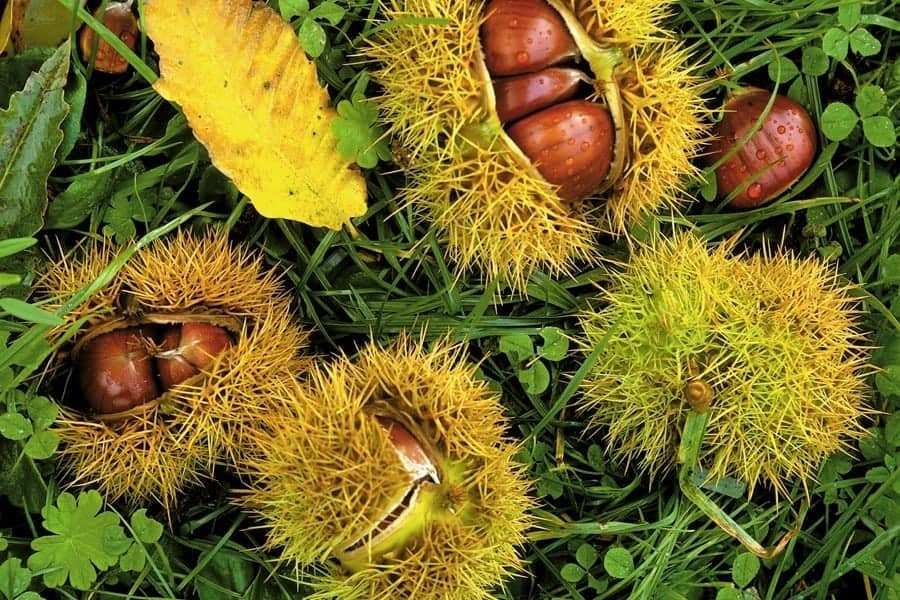
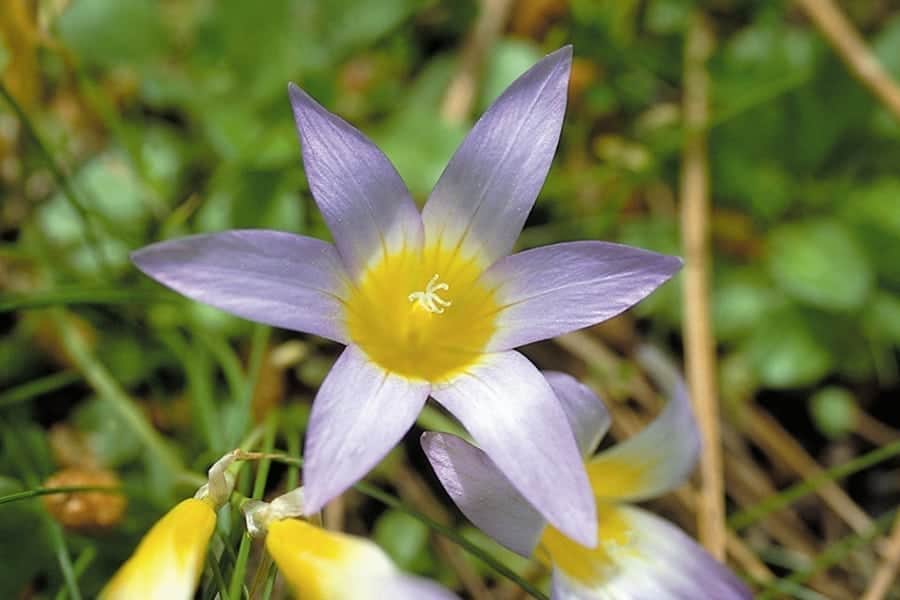
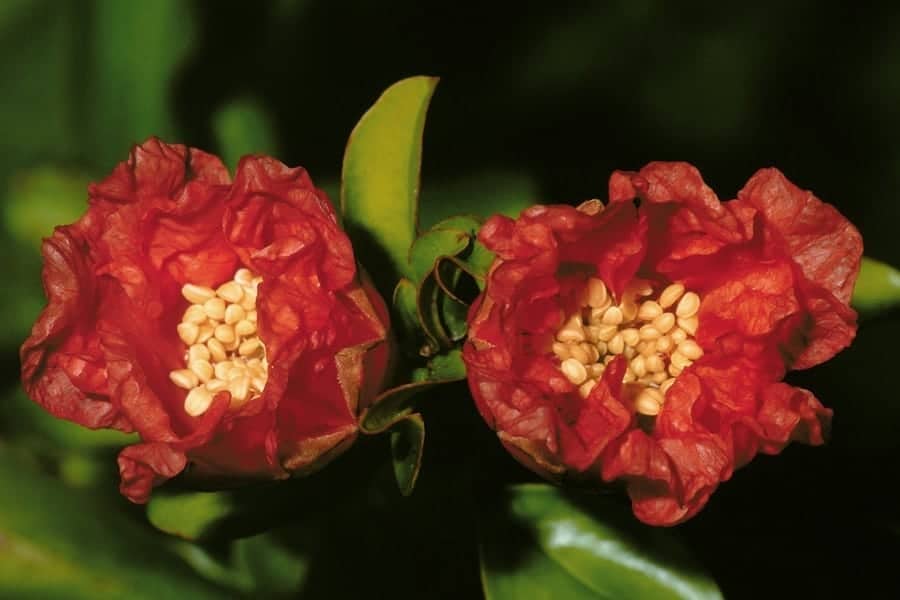
volume XLI
BÓTANICA I
volume XLII
BÓTANICA II
volume XLII
BÓTANICA III
Geology
The Galician geological setting is simple and old as for the basic materials making it up, but complex and modern regarding the tectonic structures shaping it.
So, there is an overwhelming prevalence of acid rocks (granites and schists), a little representation of basic and ultrabasic rocks, and a minimum quantity of limestone rocks in Galicia
However, this apparent simplicity was modified when the African plates gave rise to Alpine tectonics and broke the Iberian Northwest old Massifs into one thousand blocks, with their own and singular dynamics. Without them, Galician landscape would be flat and worn away by erosion of hundreds of millions of years, and not having the appearance of young fluvial valleys.
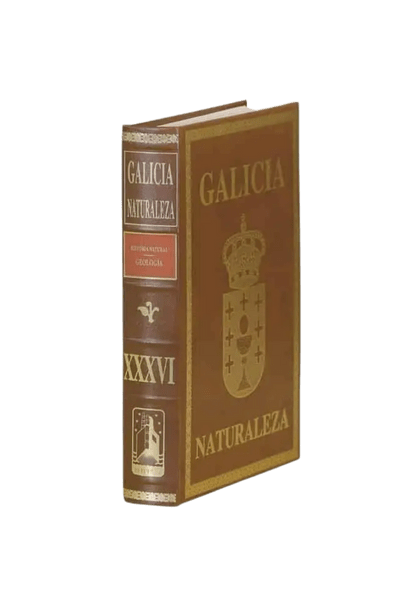
volume XXXVI
HISTORIA NATURAL. GEOLOGÍA
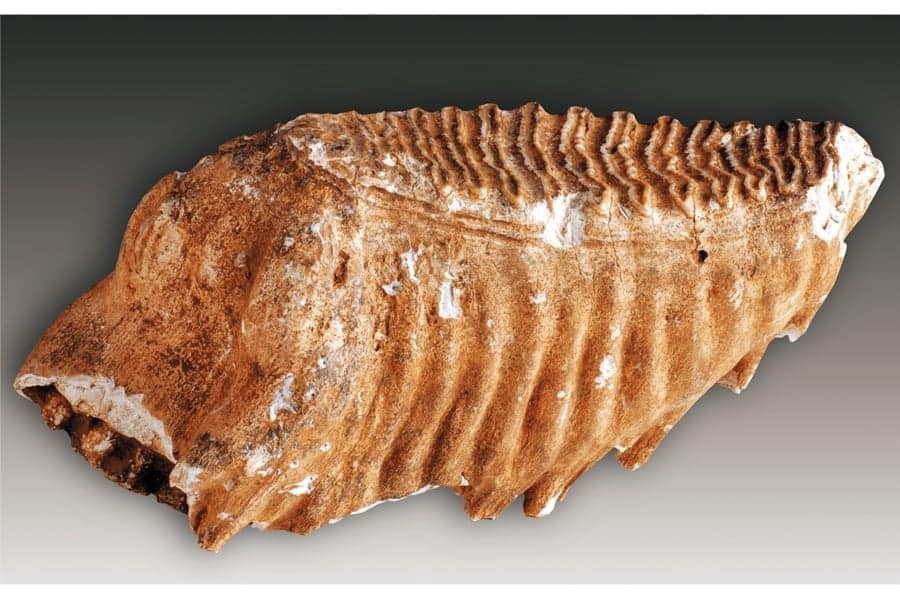
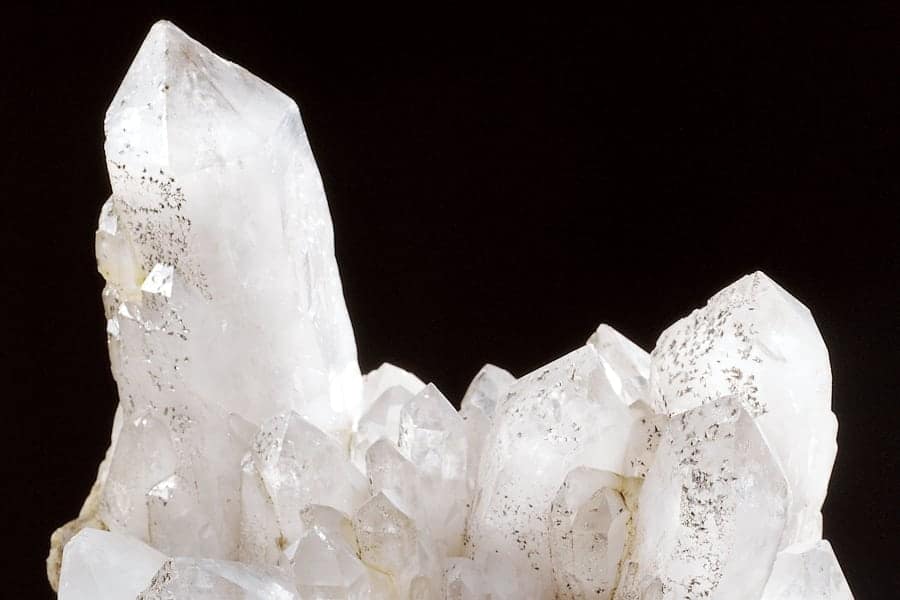
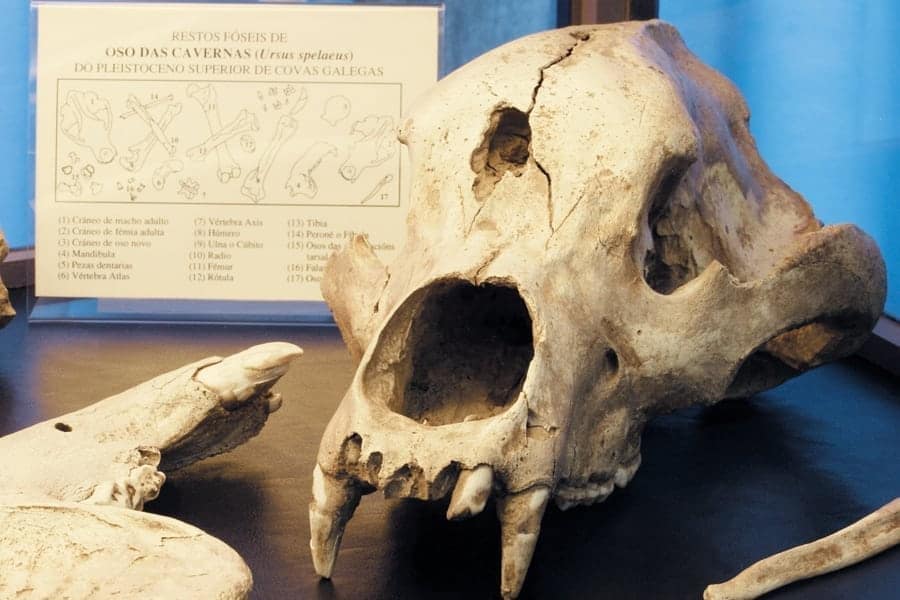
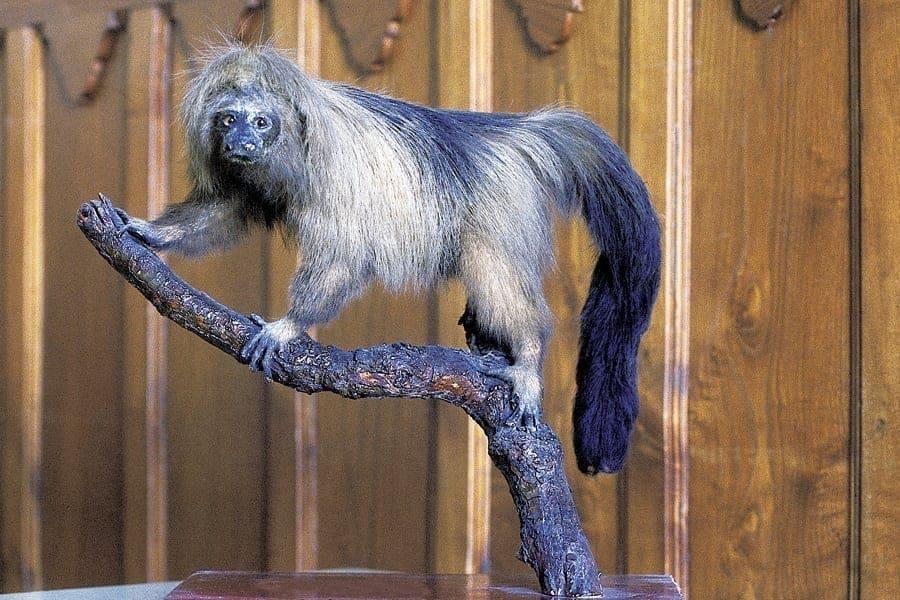

zoology
Although it seems a commonplace, it is unquestionable that the geographic situation of Galicia, its climate features and peculiar topographic and hidrographic conditions lend it a particular capacity to harbour very diverse fauna of special relevance in the European context.
These four volumes are a contribution to the necessary change of attitude regarding zoological knowledge of Galician community. Because even though we have a good knowledge of the groups of vertebrates, many crucial aspects of their biology and ecology have not been spread enough. On the other side, despite of being pointed out not less than 10.000 species of invertebrates in Galicia (only a little part of the real population on the territory), their representation in not specialized publications is merely superficial.
